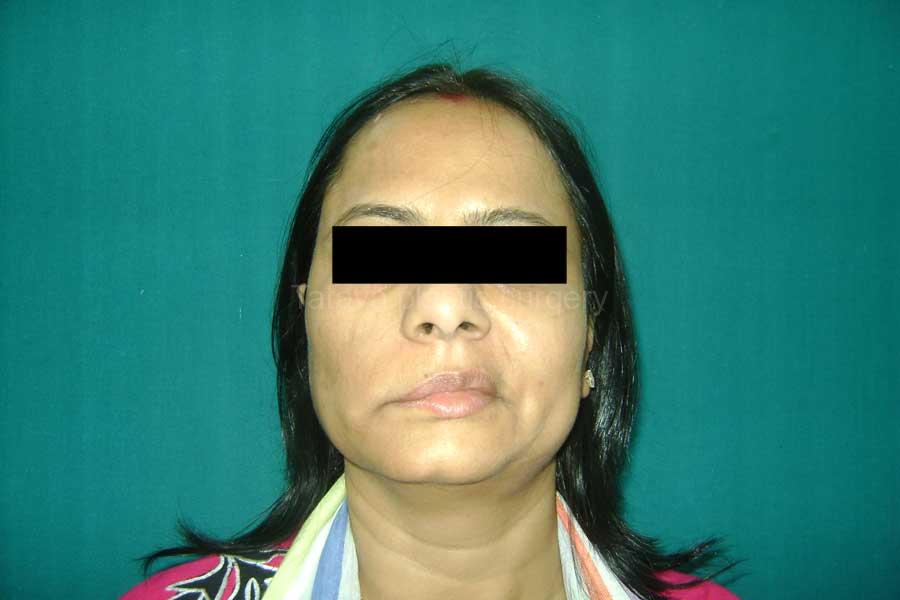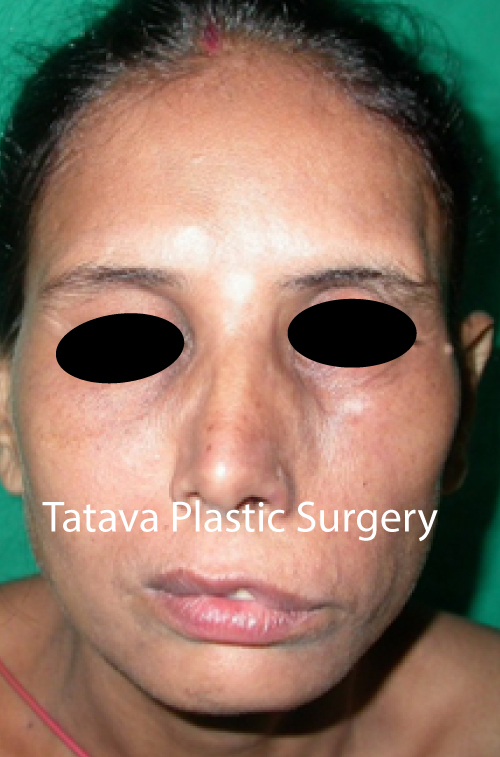Facial Palsy
Facial Palsy is characterized by muscle weakness in one half of the face, minimising accurate facial movements. One to two weeks after you have a cough, ear infection, or eye infection, the symptoms of Bell’s palsy may develop. They usually appear suddenly. For instance, when you wake up in the morning or when you want to eat or drink, you may feel severe discomfort in moving your facial muscles.
Rarely, facial palsy can affect both sides of your face. Drooling, failure to produce facial expressions such as a smile or frown, muscle twitches on the face, dry eyes and mouth, headache, and eye irritations are typical symptoms.
Facial Palsy may also result from a brain tumour surgery, parotid surgery, or following an accident. Several surgical procedures are there in the surgical armamentarium to address specific problems and restore facial symmetry, at rest and in expressions. These can be single staged or multi-staged.
Physiotherapy and electrical stimulation are necessary to keep the facial muscles in tone till surgery is scheduled. Eye care may also be necessary to prevent damage to cornea.









